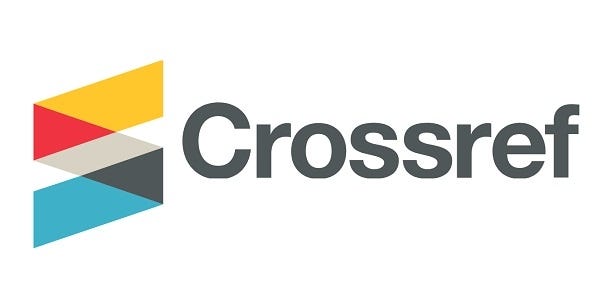PERHITUNGAN STRUKTUR GEDUNG DISKOMINFO KOTA SERANG DENGAN BEBAN GEMPA RESPON SPEKTRUM DAN PERBANDINGAN HASIL ANALISIS 2 METODE TERHADAP TULANGAN LONGITUDINAL BALOK
Keywords:
Design,Abstract
Earthquakes can be categorized into two types, namely volcanic earthquakes and tectonic earthquakes. The design of earthquake planning should ideally follow the standards that apply in Indonesia, namely SNI 1726-2002 concerning Earthquake Resilience Planning Standards for Building Structures and SNI 1726-2012 concerning Procedures for Planning Earthquake Resilience for Building Structure and Non-Building. The calculation of the structure of the Diskominfo Building Kota Serang with spectrum response earthquake load and comparison of the results of 2 methods analysis of longitudinal beam reinforcement using ETABS v16 program. The output from the program will provide information that the structure has been designed to withstand earthquakes or not. Furthermore, the results of the exit values for detail will be compared with the manual method as a reference values will be taken so that the structure is designed to the maximum. Basically the results of the calculations from each of them show the same purpose but are nominally different. The results programe produce speed in the assumption and certainty of safe results or not a structure, while manual calculations produce higher accuracy values with more economical results but require a long time. Moment due to dead load (MD) with manual calculation is 22.45 kNm, with ETABS of 221,7444 kNm, so that there is a difference of 3.7056 kNm. The moment due to live load (ML) with manual calculation is 147.64 kNm, with ETABS of 140.3642 kNm, there is a difference of 7, 2758 kNm, and the ultimate Moment (MU) calculated manually resulting in 506,764 kNm, with ETABS 525 , 4835 kNm, so there is a difference of 18,7195 kNm.
References
Asroni Ali. Pelat dan Balok Beton Bertulang. Graha Ilmu, Yogyakarta : 2010
ATC-40. 1996. “Seismic Evaluation and Retrofit of Concrete Buildings”. Vol.1. California: Applied Technology Council
Badan Standar Nasional Indonesia. 2002. “Tata Cara Perencanaan Ketahanan Gempa untuk Struktur Bangunan Gedung (SNI 1726:2002)” Jakarta: BSN
Badan Standar Nasional Indonesia. 2012. “Tata Cara Perencanaan Ketahanan Gempa untuk Struktur Bangunan Gedung dan non Gedung (SNI 1726:2012)” Jakarta: BSN
Badan Standar Nasional Indonesia. 2013. “Beban Minimum untuk Perencanaan Bangunan Gedung dan Struktur Lain. (SNI 1727:2013) Jakarta: BSN.
Badan Standar Nasional Indonesia. 2013. “Persyaratan Beton Struktural untuk Bangunan Gedung. (SNI 2847:2013) Jakarta: BSN.
Computers and Structures, Inc. 1999. “Etabs User’s Manual-Three-Dimensional Analysis and Design of Building System”. California: Computer and Structures, Inc.
FEMA 356. 2000. “Prestandard and Commentary for the Seismic Rehabilitation of Buildings”. Washington, D.C. : Federal Emergeny Management Agency.
FEMA 440. 2005. “Improvement of Non linier Static Seismic Analysis Procedures”. Washiongton, D.C. : Federal Emergeny Management Agency.
Priestley, M. J. N.; Calvi, G. M.; dan Kowalsky, M.J.; 2007. “Displacement-Based Seismic Design of Structure”. Pavia : IUSS Press
Tavio & Usman. 2018. “Desain Rekayasa Gempa Berbasis Kinerja”. Surabaya: ITS Press
Tavio. 2013. “Persyaratan Beton Struktural untuk Bangunan Gedung (SNI 2847:2013) dan Penjelasannya”. Surabaya: ITS Press










